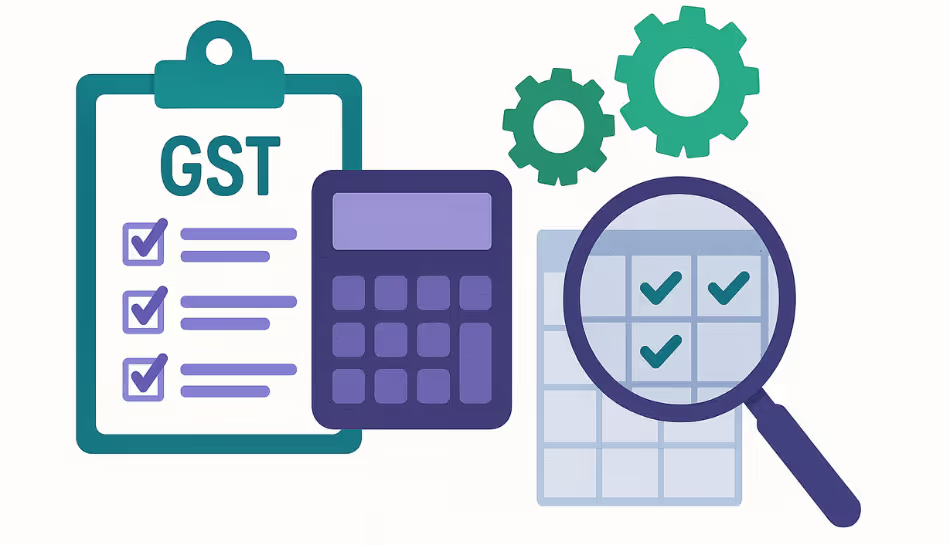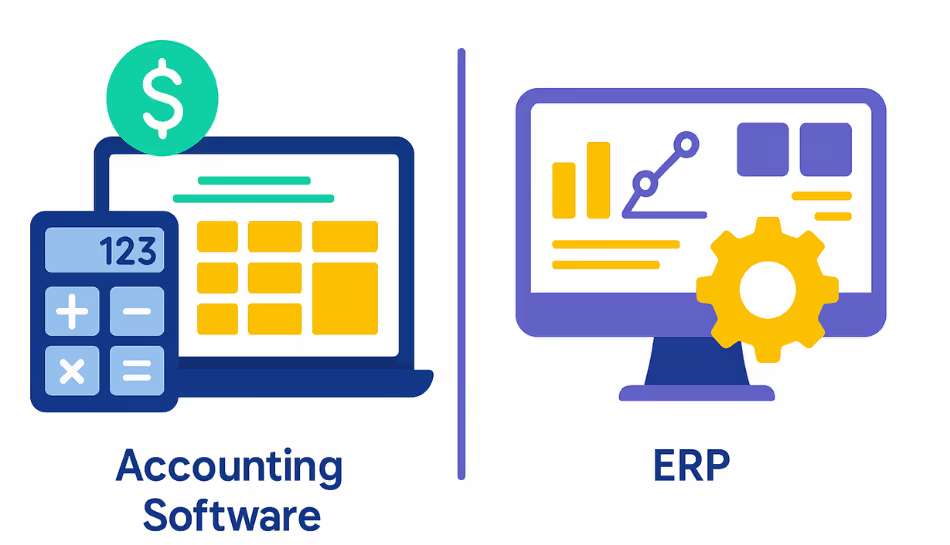
Reconciliation in accounting refers to the process of matching two sets of records to ensure their consistency and accuracy. In the context of GST, GST reconciliation is the process of matching the data filed in a company’s GST returns with the data available on the government GST portal (GSTN). It ensures that there are no mismatches in tax filings, input tax credits, and supplier invoices.
What is GST Reconciliation?
GST reconciliation is the matching of a business's purchase data (input tax credit claimed in GSTR-3B) with the data uploaded by the suppliers in GSTR-1. This step is vital for every business registered under the Goods and Services Tax (GST) system in India. The objective is to ensure that the credits being claimed are accurate, legitimate, and available as per the details filed by vendors.
This process helps in identifying any discrepancies such as missing invoices, mismatched invoice values, or incorrect GSTIN entries.
The GST Reconciliation Process
The GST reconciliation process involves a series of steps that businesses must perform periodically (usually monthly or quarterly) to avoid future tax liabilities and penalties.
Step-by-step Procedure:
- Collect Purchase Data: Extract purchase data from your ERP or accounting system. This will typically include invoice number, GSTIN of the supplier, invoice date, taxable value, and tax amount.
- Get GSTR-2A/2B here: Get data that is automatically filled in from the GST portal. While GSTR-2B is a monthly static statement that stays the same, GSTR-2A is a dynamic report that varies when vendors update their filings.
- Match Entries: Compare your purchase records with the entries in GSTR-2A or GSTR-2B. Key fields like GSTIN, invoice number, invoice date, and tax amount are matched during this process.
- Identify Discrepancies: Spot any mismatches, such as:
- Missing invoices
- Differences in tax amount
- Incorrect GSTIN
- Invoices not uploaded by vendors
- Communicate with Vendors: Reach out to suppliers for correction if discrepancies are due to their filing errors. Vendors may need to amend their GSTR-1 returns.
- Rectify and Reconcile: Once corrections are made, reconcile again to ensure accuracy.
- Maintain Records: Keep a record of reconciliations performed and communications with vendors for audit and compliance purposes.
Importance of GST Reconciliation
Regular and accurate reconciliation for accounting and GST purposes is crucial for several reasons:
- Ensure Accurate Input Tax Credit (ITC)
The most critical reason for GST reconciliation is to ensure that your business claims the correct input tax credit. Any mismatch in data can result in ITC being denied or reversed, leading to increased tax liability. - Avoid Notices and Penalties
The GST department sends notices to businesses if there are inconsistencies between their GSTR-3B and GSTR-2A/2B filings. Timely GST reconciliation helps avoid these notices and potential penalties. - Enhance Vendor Accountability
By performing regular reconciliation, you can monitor vendor compliance. This ensures suppliers are uploading invoice data correctly, which directly affects your ITC. - Improved Accuracy in Financial Statements
Reconciliation in accounting improves the overall accuracy of your books. It helps eliminate errors and maintains consistency in financial records. - Compliance and Audit Preparedness
Maintaining accurate reconciliation records guarantees that your company is always prepared for audits. It shows that due diligence has been followed in ITC claims, supporting clean tax compliance.
The Role of Automated Reconciliation
Manually reconciling hundreds or thousands of invoices every month is time-consuming and error-prone. That’s where automated reconciliation tools come in. These tools can:
- Fetch data directly from the GST portal
- Automatically match records
- Highlight mismatches
- Generate reports for corrections
Automation reduces the workload on your finance team and increases the speed and accuracy of the reconciliation process.
Final Thoughts
In a tax system as dynamic and detail-driven as GST, GST reconciliation is not just a compliance requirement but also a business necessity. It safeguards your working capital by ensuring accurate ITC, keeps you compliant with tax laws, and enhances the reliability of your financial data.
Whether you’re using spreadsheets or a fully integrated GST solution, make GST reconciliation a regular practice, especially as the government increases its focus on data validation and cross-verification.

